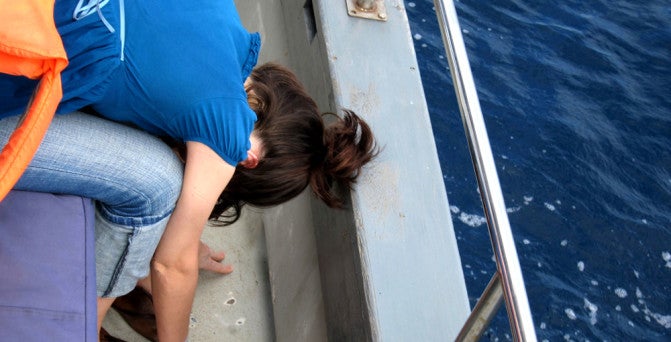
Boating make you green around the gills? Here’s some solid advice on how to avoid motion sickness and enjoy your time on the water.
Seasickness affects one in five adults and about one in four children. Also called motion sickness, it’s caused by the displacement of fluids in the inner ear, specifically within the cochlea – that snail-shaped tube that controls our sense of balance. When the boat rocks, the fluids in the cochlea slosh about, sending mixed signals to the brain that quickly leads to nausea.
Engine fumes and anxiety, perhaps over your personal safety in rolling seas, can act as catalysts and further exaggerate the feeling. It doesn’t take long till you’re feeling awful and hanging over the transom, saying goodbye to your breakfast.
Sunny Skies
Heading out with a positive attitude can make all the difference in the world. People never seem to get sick when they’re having fun, so do something enjoyable to keep your mind occupied. Keep track of the marker buoys, count sea gulls, or learn how to use the GPS as a means of distracting yourself. Keeping your mind on anything other than the fact the boat is bobbing up and down will usually suppress any ill feelings. It’s really a case of mind over matter.
Heading out with a full belly is a good idea too, since your stomach has less tendency to feel upset if it, like your mind, has something to do. But avoid greasy or hard-to-digest foods, which can work against you. Alcoholic beverages are also a bad idea if you’re not feeling 100 percent.
Pills, Patches and Pressure
Most anglers fight seasickness with non-prescription drugs. Gravol, which contains the drug dimenhydrinate, is one popular brand but there are many others including several generic labels. They’re extremely effective, but you have to take them before you leave the dock, not after you feel sick. The drug works by masking those mixed signals from the cochlea, similar to the way aspirin masks a headache. The signals are still there, but your brain doesn’t recognize them.
If you hate swallowing pills, try using trans-dermal patches, which are worn on the arm or behind the ear. Self-adhesive and about the size of a quarter, they release their contents over time, and some are effective for up to three days. Most use a drug called scopolomine, which, like dimenhydrinate, takes about 30 to kick in. So, put them on long before you leave the dock.
Acupressure devices, like Sea Bands, may just look like lumpy little bracelets but they’re highly effective at combatting seasickness. The beads press against points on your wrist to break impulse transmissions in your nervous system, thus preventing nausea. They really work, and you don’t suffer the drowsiness frequently associated with traditional motion sickness drugs. But you may have to re adjust them from time to time, to make sure they’re in the right spot.
Be Proactive
Unfortunately, there isn’t much you can do if you do become seasick. The key is to be prepared and take action before you start feeling green. By being proactive, you’ll beat the butterflies and enjoy your day. And isn’t that the point?

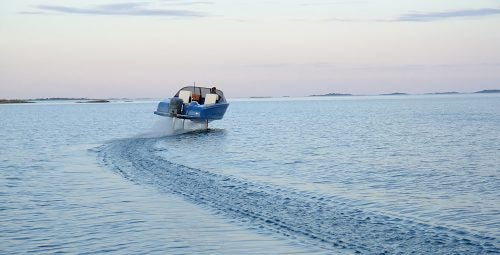



 Fort Lauderdale International Boat Show Preview
Fort Lauderdale International Boat Show Preview 10 Best New Boat Accessories at IBEX 2021
10 Best New Boat Accessories at IBEX 2021 2022 Sea-Doo Switch Pontoon Boat Lineup Unveiled
2022 Sea-Doo Switch Pontoon Boat Lineup Unveiled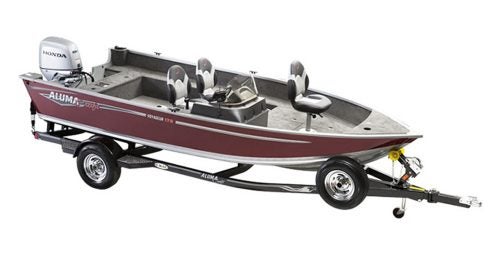 BRP Enters Fishing Boat Market with Purchase of Alumacraft Boat
BRP Enters Fishing Boat Market with Purchase of Alumacraft Boat Volvo Commits To Electric Power By 2021
Volvo Commits To Electric Power By 2021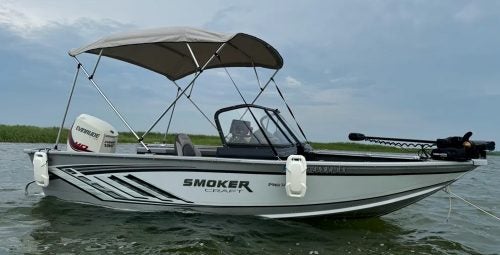 Kemimoto 4 Bow Bimini Top and Boat Bumper Review
Kemimoto 4 Bow Bimini Top and Boat Bumper Review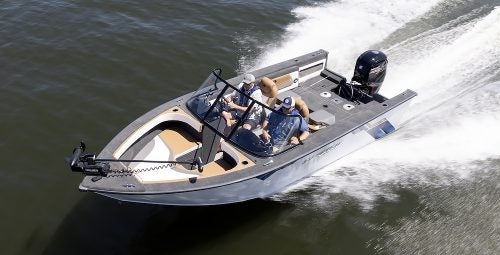 Starweld Victory 20 Review
Starweld Victory 20 Review Princecraft Ventura 23 RL Review
Princecraft Ventura 23 RL Review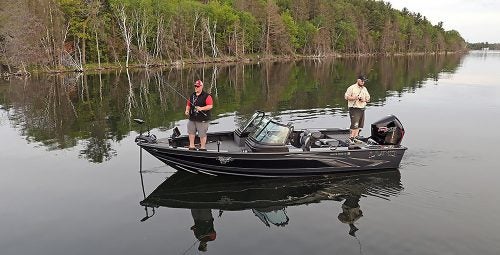 Lund 2075 Pro V Review
Lund 2075 Pro V Review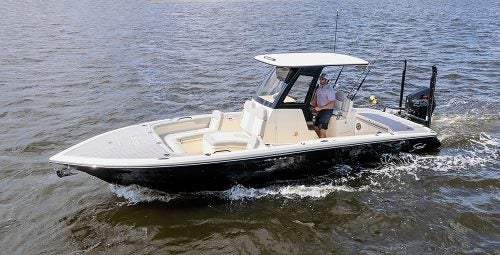 Scout 281 XSS Review
Scout 281 XSS Review Fuel Saving Tips For Boaters
Fuel Saving Tips For Boaters Best Boating Accessories
Best Boating Accessories Best Boating Apps
Best Boating Apps 5 Pontoon Boats That Are Made To Fish
5 Pontoon Boats That Are Made To Fish 10 Great Small Pontoons
10 Great Small Pontoons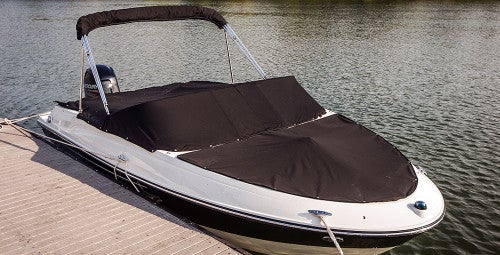 Your Boat Was Expensive—Do You Really Trust a $2 Rope From the Dollar Store to Secure It?
Your Boat Was Expensive—Do You Really Trust a $2 Rope From the Dollar Store to Secure It? Do I Need Insurance Coverage Against Ice or Freezing Damage?
Do I Need Insurance Coverage Against Ice or Freezing Damage? What Kind Of Insurance Coverage Do I Need?
What Kind Of Insurance Coverage Do I Need?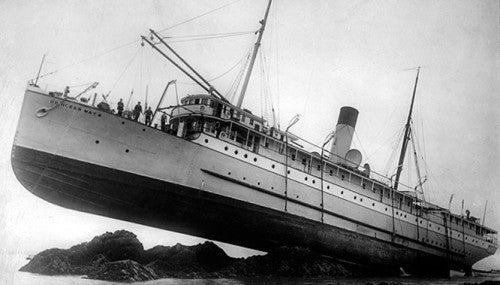 What About Salvage?
What About Salvage?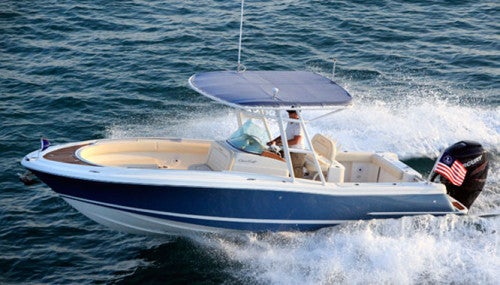 Boat Insurance or Yacht Insurance?
Boat Insurance or Yacht Insurance?






 The Best Bowriders For The Money
The Best Bowriders For The Money
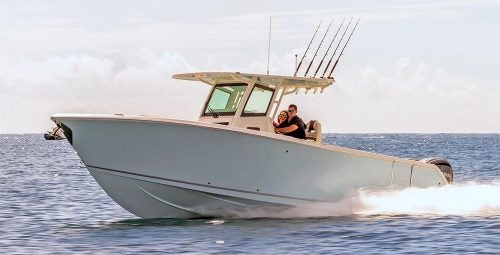 Sailfish 312CC Review
Sailfish 312CC Review
 The Wildest Concept Yachts
The Wildest Concept Yachts
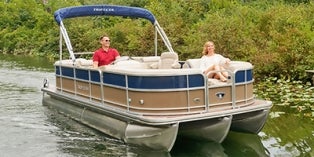 2016 Trifecta 200 Series 220FCR
2016 Trifecta 200 Series 220FCR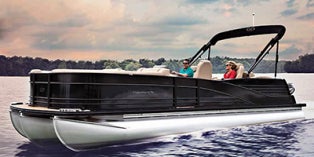 2016 Harris Grand Mariner SL 270 DL
2016 Harris Grand Mariner SL 270 DL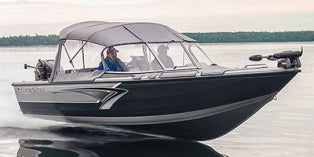 2016 Crestliner Authority 2050
2016 Crestliner Authority 2050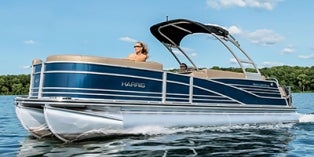 2016 Harris Grand Mariner SL 230 DLDH
2016 Harris Grand Mariner SL 230 DLDH
